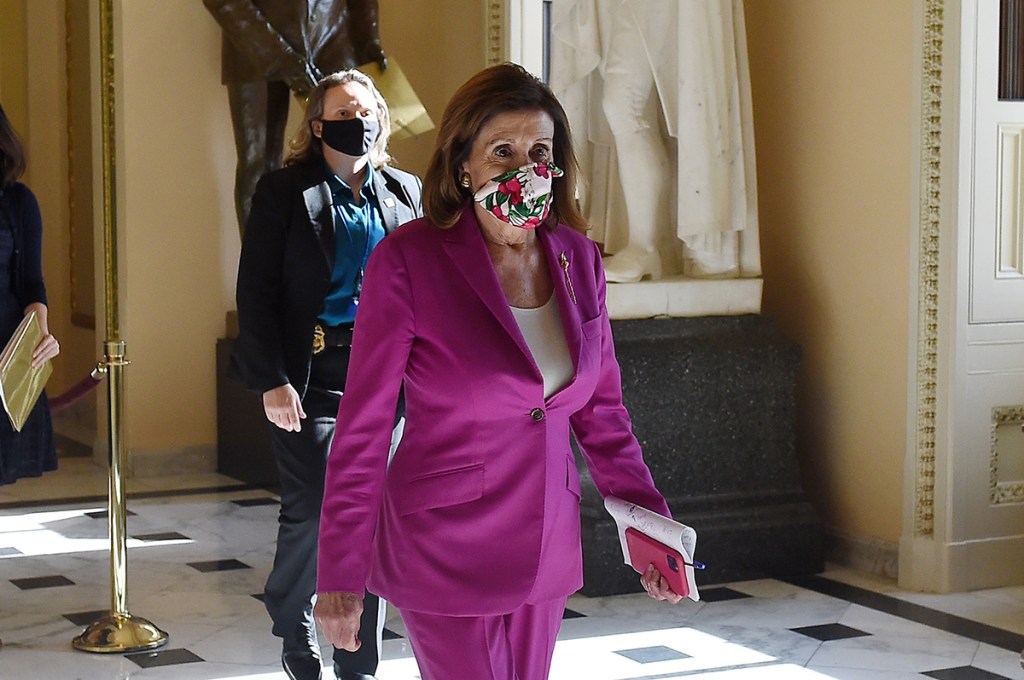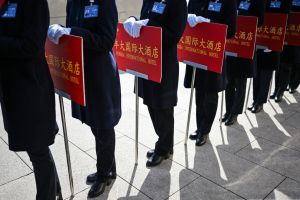Who is the proposed new $3 trillion stimulus package designed to help? If enacted, the bill — which narrowly passed through the House yesterday, with a break in both party lines — would follow from the $2 trillion package passed in March. But it’s not getting past the Senate, at least not in its current form. Despite broad consensus that the first stimulus wave for businesses and families was a necessary emergency measure to help get America’s economy through the COVID crisis, this next round has become increasingly political, looking more like election postering than a thorough plan for the next phase of the pandemic. If the bill were to become law, individuals would get another government check for $1,200; married couples $2,400; and some families would be entitled to receive up to $6,000 depending on the number of children in the household. $164 billion more would be offered up in tax credits for companies who keep their workers employed, and more business loans would be on the way too. Notably, there is still no sign of a UK-style job retentions scheme, despite one in five members of the US labor force now thought to be out of work.
The opposition from Republicans is partly principled but mostly practical. GOP representatives support income top-ups, loans, and tax credits as part of a comprehensive plan to tackle the impact of COVID but want to see a more thorough analysis of the first stimulus package before spending more. As is often the divide between the GOP and the Democrats, the former want to tread cautiously while the latter want to throw the kitchen sink. In theory, this could leave room for meeting in the middle — but other parts of the package suggest it was designed for a public blow-up, rather than back-room wheeling and dealing.
For example, the bill includes a provision giving undocumented migrants in the US the same access to a $1,200 stimulus check as legal residents. If House Speaker Nancy Pelosi were dealing with Republican presidents who came before — say, President Bush (either one) or President Reagan — there might be a negotiation to be had, or even appetite for such a scheme, likely paired with some process for getting these migrants on the books. But she and her party know full well that those days are long gone — a handout to illegal migrants makes the bill ‘dead on arrival,’ as far as the Trump administration is concerned.
But while the immigration debate snags the headlines, there is a fundamental financial dispute at the heart of the bill. Long before the COVID crisis, some states across America — almost all left-leaning ones — were already facing serious financial trouble. California, Connecticut, Illinois, New Jersey, and others have for decades been making overly generous promises to public sectors unions, especially on pensions and healthcare, without adequately funding them. And while all the states are now struggling with a precipitous fall in sales tax revenue, the Democrats’ bill is designed to allow local politicians to use some of the proposed $875 billion state funding to eliminate or reduce these prior deficits.
***
Get three months of The Spectator for just $9.99 — plus a Spectator Parker pen
***
Senate Majority Leader Mitch McConnell is solid in his stance that COVID cannot become cover-up for the financial woes that already existed: that includes paying off pension funds and other pre-COVID promises that are not obviously linked to supporting local economies through COVID. It’s a stand-off not just between the left and the right, but between federal and state policy that would have received much more attention leading up November’s election, if normal proceedings hadn’t been swept away by a global pandemic.
But it appears the parties are starting to return to politics as usual, and the Democrats have thrown a political punch by putting this bill on the table. This latest round of stimulus offerings hasn’t so much revealed the next phase of pandemic planning, but a new phase of merging the election with the COVID crisis. As states slowly return to their normal state of operating, it seems the politicians are doing so as well.


















